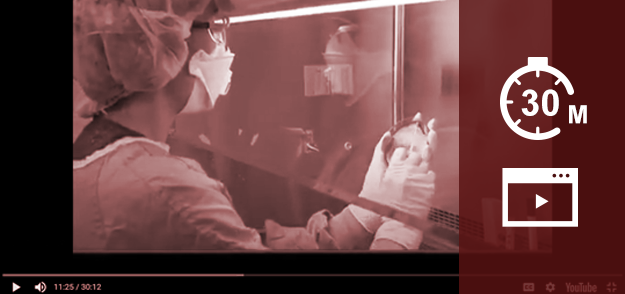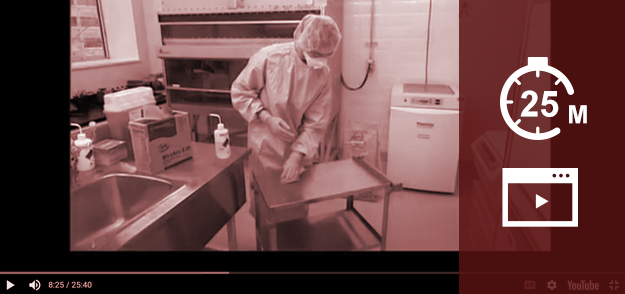
Review good microbiological laboratory practices required for handling infectious material or toxins.
Audience: Laboratory personnel, biosafety professionals
Update: February 2024

Understand the general recommendations for basic laboratory design and safe handling of Risk Group 1 biological material.
Audience: Laboratory personnel, or those who conduct DIY work
Update: March 2023

Understand the general recommendations for basic containment level 2 zones and safe handling of Risk Group 2 biological material.
Audience: Laboratory personnel, biosafety professionals
Update: March 2023

Understand biosafety management measures in Containment Level 2 laboratories including laboratory safety procedures, proper use of biological safety cabinets, and working with small animals.
Audience: Visitors to the laboratory, new employees
Update: August 2013

Understand the general recommendations for basic containment level 3 zones and safe handling of Risk Group 3 biological material.
Audience: Laboratory personnel, biosafety professionals
Update: March 2023

Review safety procedures and practices in Containment Level 3 laboratories to prevent transmission and minimize release of infectious materials into the environment.
Audience: Visitors to the laboratory, new employees
Last update: August 2013

Become familiar with biosafety measures and laboratory containment regulations through an interactive module.
Audience: Laboratory personnel, biosafety professionals
Update: April 2018